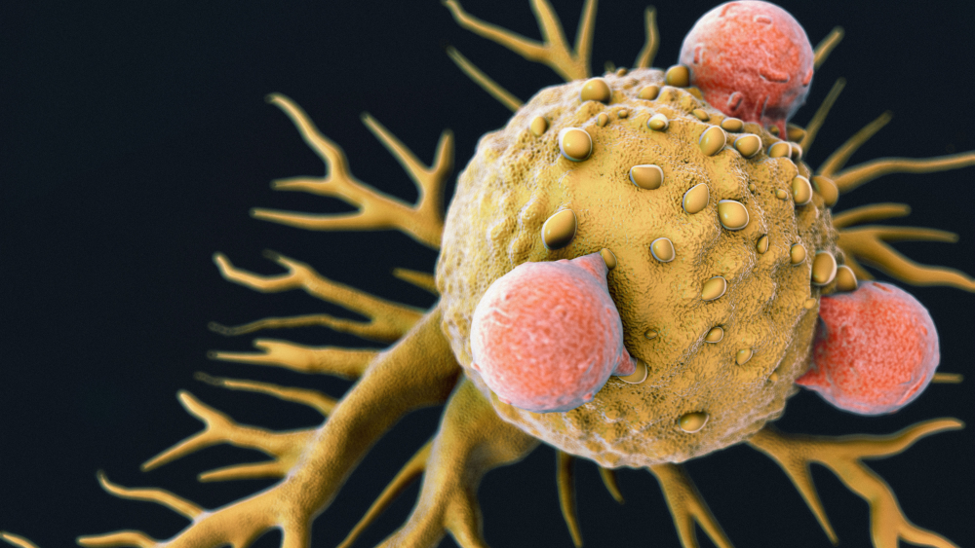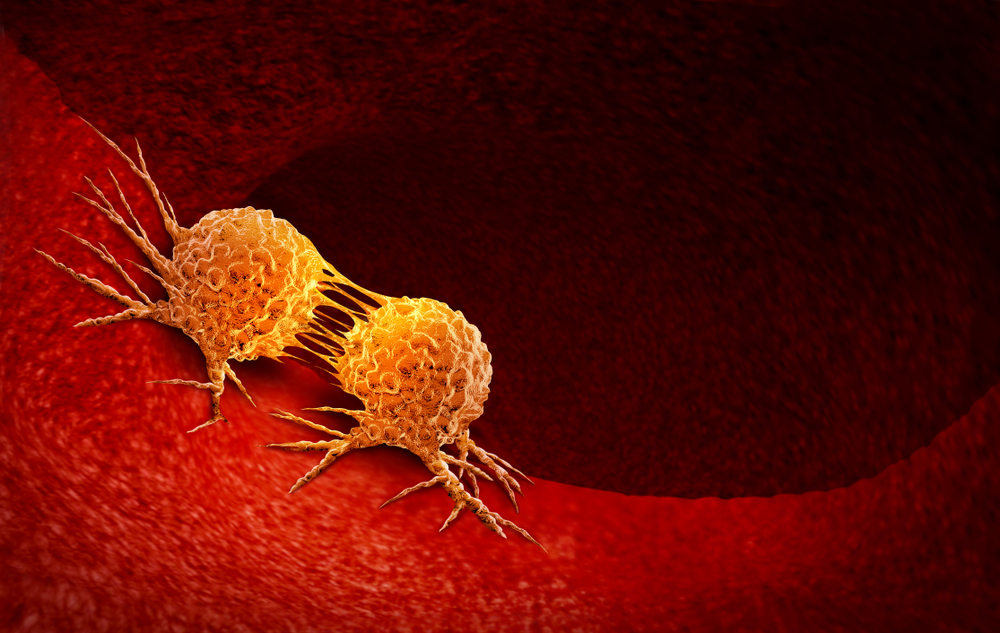There may be more cancer drugs on the market now than 20 years ago, but a new analysis published in Drug Discovery Today suggests patients aren’t accessing them any faster, plus a few cancers of high unmet need are missing out on innovations entirely.
Researchers from The Institute of Cancer Research, London looked at data from the European Medicines Agency (EMA) and National Health Service (NHS) from 2000 to 2016, hoping to learn how efficiently cancer drugs are moving from the lab to the clinic.
Their analysis showed that fewer drugs were licensed between 2000 and 2008, but the average time to approval was only 12.8 years. From 2009 to 2016, the median number of licensed drugs more than doubled, but it took about 1.2 years longer for a drug to progress from patent priority date to market availability.
Highly innovative drugs such as targeted therapies and immunotherapies can take years to develop, from identifying target genes to optimizing individual treatment plans. The researchers suspect the “excessively onerous” EU Clinical Trials Directive could be causing the bottleneck that prevents cancer patients from accessing the drugs they need.
The researchers still found people with particularly hard-to-treat cancers were the ones missing out the most on treatment. Between 2000 and 2016, there were no EMA drug authorizations for brain, esophageal, uterine and bladder cancers, all of which are associated with poor outcomes. In contrast, 64 hematological drugs including Janssen’s Imbruvica (ibrutinib), Boehringer Ingelheim’s Praxbind (idarucizumab) and Daiichi Sankyo’s Lixiana (edoxaban tosylate) were approved.
Over the 16-year period, only 6 percent of authorisations included a pediatric indication. Several studies have found an increase in pediatric cancers over the last few decades. Last year, a group from the Harvard TH Chan School of Public Health found that our current health systems might be underestimating the number of new cancer cases – as many as 43 percent of projected childhood cancer cases could be missed between 2015 and 2030.
Inadequate diagnostics is only part of the story. “We need stronger incentives for pharmaceutical companies to develop new treatments specifically for children, and regulations need to be tightened up to require that adult cancer drugs are evaluated in paediatric clinical trials wherever their mechanism of action is relevant for children,” wrote the authors.
While the authors offer strategies to accelerate approval timelines, others argue that too many cancer drugs are being approved at the expense of their efficacy.
A retrospective cohort study published in the BMJ reported that a majority of drugs approved by the EMA between 2009 and 2013 entered the market without evidence of benefit on survival or quality of life. The authors of the Drug Discovery Today study suggest that the EMA considers novel clinical endpoints in their evaluations like metastasis-free survival and minimal residual disease response rate.
Above all, they emphasize the need to prioritize and accelerate drugs that combat cancer through novel mechanisms of action, as cancer evolution and drug resistance account for numerous treatment failures.
“We need to find ways of encouraging radical innovation, and ensuring that the advances produced reach patients as quickly as possible, so that more patients with cancer can live longer, healthier lives.”












Join or login to leave a comment
JOIN LOGIN